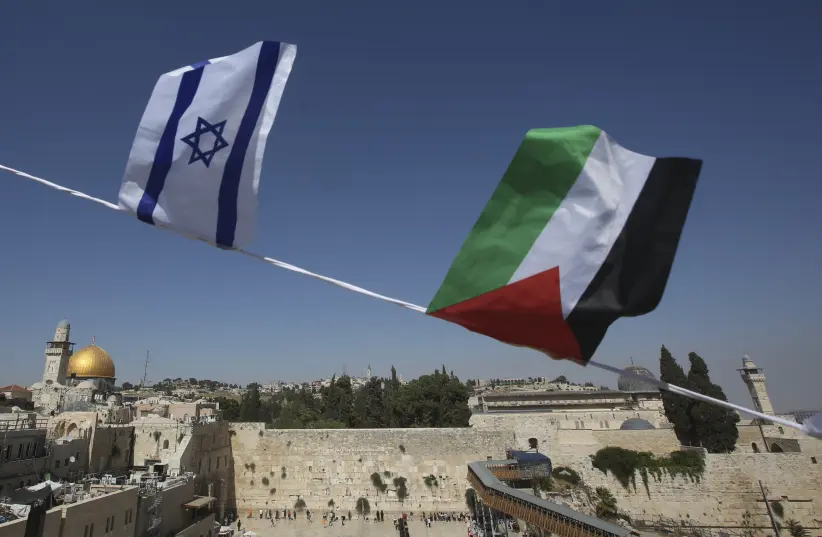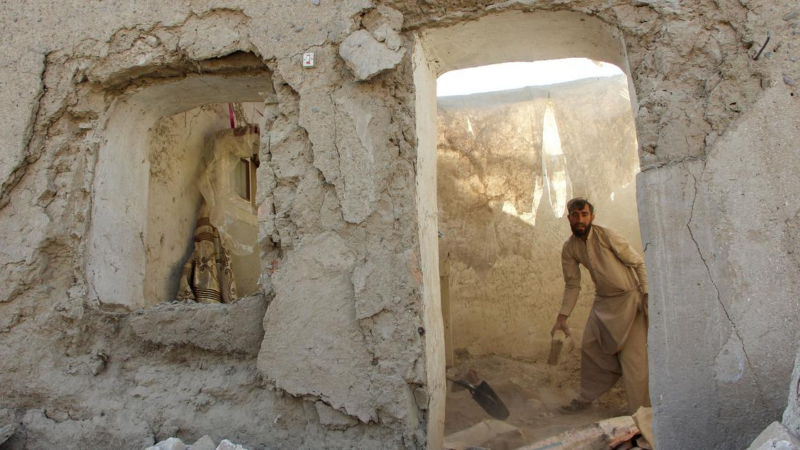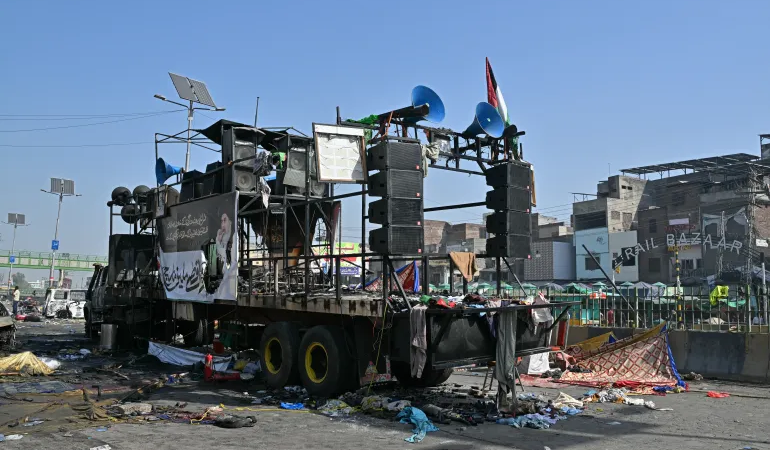Middle East winds of change: Will attention turn to Gaza and the West Bank?

Is it possible that the Israel-Palestinian conflict will come into focus if there is peace in the Middle East?
The Middle East is entering a new era of diplomacy. As part of a settlement mediated by China and backed by Iraq, Saudi Arabia and Iran have made amends. Due to this significant agreement, one of the main sources of conflict in the area may be lessened.
The Saudi agreement seems to have immediate effects on Yemen and put a stop to the violence there. Additionally, efforts towards rapprochement between Egypt and Turkey could lessen fighting in Libya. There is an overall effort to put an end to the Syrian crisis. All of this may indicate that the Middle East’s protracted hostilities are abruptly coming to an end.
Is it possible that the Israel-Palestinian conflict will come into focus if there is peace in the Middle East?
Will the Israel-Palestine issue take center stage?
The Israel-Palestinian issue has long been thought to be out of the public eye. This happened for a number of reasons.
The US was turning its attention away from various peace “road maps” and toward so-called “near-peer” rivals. This implies that the US wants to concentrate on China and Russia. This attention has shifted as a result of Russia’s invasion of Ukraine. In an effort to increase its worldwide influence, China recently hosted the leaders of France and Brazil.
There is a tendency to believe that the “conflict” that has dominated so much attention since the 1970s may be dying down due to the US abandoning different “peace” proposals and the US focusing on China and Russia.
An apparent decline in young people’s interest in extremism coincides with the decline in terrorism and the transition away from “counter-insurgency” as the region resumes diplomacy. This indicates that organizations like Hamas are no longer actively seeking out young recruits.
The result is a decreased likelihood of fresh crises involving organizations like Al Qaeda or ISIS that sowed turmoil throughout the world. However, the West Bank and Gaza may be even more in the spotlight because to the problem of “aging terrorists” in the area.
So what do we currently know?
US policy is centered on China and Russia. Terrorist organizations are declining. A significant drive by regional nations to act independently enters this vacuum.
A prime example of this independent approach is Saudi Arabia. Other nations are circling, including Egypt, Turkey, the United Arab Emirates, and Iraq. They don’t all seem to be especially interested in the Israeli-Palestinian conflict. But that doesn’t guarantee they won’t change their minds eventually.
There are winds of change currently blowing. These were the kinds of developments that occurred in the 1950s and the 1990s. As colonial forces waned in the 1960s, the region transitioned to Arab nationalism. The Cold War came to an end in the 1990s, and the area joined the US hegemony around the world.
A new era was ushered in by the fall of the Arab regimes, including Saddam’s Iraq. Islamic organizations prospered, and kings once more took the lead. Arms and money from the Soviet Union ceased. For the rulers of Yemen, Libya, Egypt, and Tunisia, ossification began. They lost power.
The winds of change were to the Palestinians’ advantage. At the UN, they acquired support in the 1960s and 1970s, and their cause attained notoriety. The Oslo Accords were the result of the Cold War’s end in the 1990s. However, no two states were created. Instead, the region’s extremist winds also affected the Palestinians, and organizations like Hamas thought that suicide bombers could defeat Israel.
Instead, they were defeated and left in Gaza under blockade, dependent on Iran’s rocket engineers. But gradually, everything changes. Hamas commanders are currently traveling the area on private jets once more, and it appears that they may be making new advances. They might gain as Iran diverts its attention away from Yemen.
The Iranian dictatorship needs an adversary to battle, so it will divert Yemeni resources to Iraq, Syria, and Lebanon while also working to strengthen terrorist and militant organizations in Gaza and the West Bank.
Iran will probably start to put more pressure on Israel once it decides it is time to put this new idea into practice. This was already done in early April when a drone was flown in from Syria, Hamas missiles were launched from Lebanon, a tiny organization in Syria was given support to launch rockets towards Israel, and Jenin and Nablus conflicts were encouraged.
Additionally, it planned a gathering for the Palestinian Islamic Jihad (PIJ), which had recently been in Beirut hanging out with Ismael Haniyeh in early April. The same Haniyeh who reportedly wants to engage Saudi Arabia. Saudi Arabia, which just mediated a deal with Iran. Iran was responsible for the rocket attacks on Israel during Passover. If you’ve read thus far, you have a feeling of the circle and may infer that Iran is moving in significant ways while attempting to start a war with Israel while claiming to be in “peace” with the Saudis.
The new diplomatic environment, the US altering priorities, and Iran’s shifting priorities could all combine to produce actions that put the West Bank and Gaza back in the forefront. Leon Trotsky is credited with saying, “You may not be interested in war, but war is interested in you.” Indeed, even though the majority in the population may not be interested in conflict, the region may be. To that purpose, the area may soon be interested in fighting in Gaza or the West Bank.






